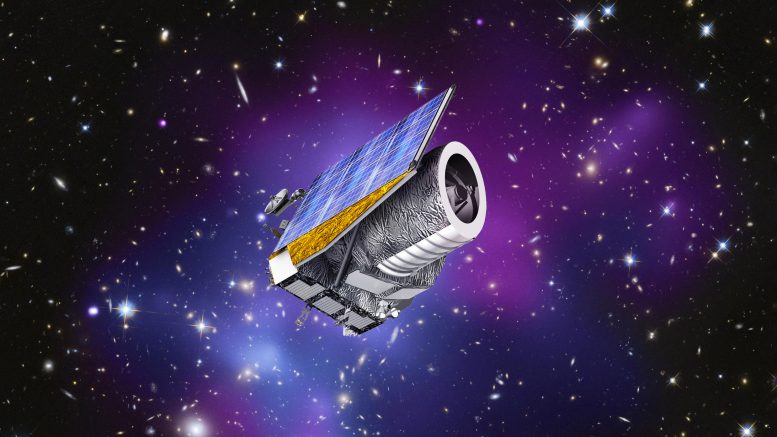
Launched on July 1, the Euclid mission is designed to study dark matter and dark energy to answer big questions about why our universe is expanding faster and faster. On November 7, the Euclid mission released its first science images.
Celebrating the NASA worm…
NASA telescopes spot a record-breaking black hole…
And the first science images from a new space observatory…
A few of the stories to tell you about – This Week at NASA!
NASA Celebrates Worm Logo With Original Designer
On November 6 at NASA headquarters, we hosted a panel discussion about the design and cultural significance of the NASA worm logotype with Richard Danne, the designer of the worm. In 1992, the worm was retired but it has been brought back for limited use to complement the agency’s official insignia, known as the meatball.
“I can’t even, in words, express how rewarding it’s been for this to come back. It’ll always be a special place in my heart for NASA.”
Learn more about the “worm” on the July 24, 2020 episode of “Houston We Have a Podcast,” the official podcast of NASA’s Johnson Space Center.
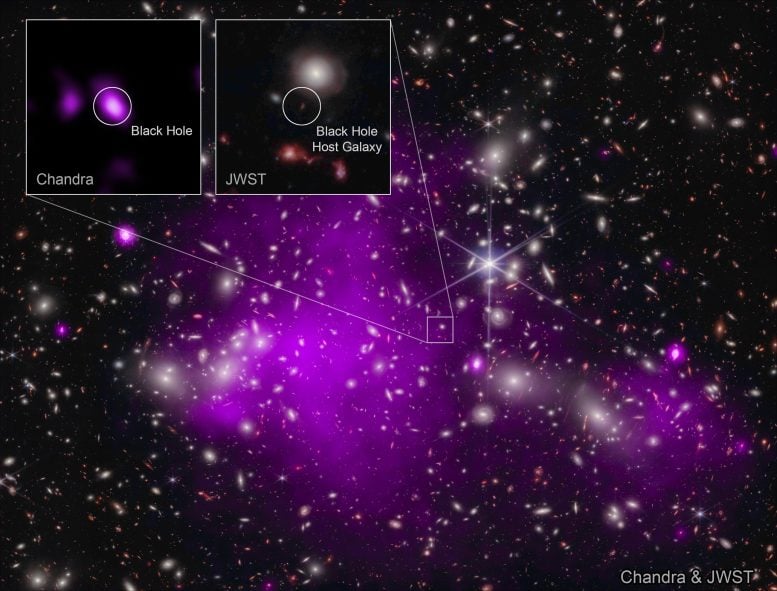
Astronomers found the most distant black hole ever detected in X-rays (in a galaxy dubbed UHZ1) using the Chandra and Webb space telescopes. X-ray emission is a telltale signature of a growing supermassive black hole. This result may explain how some of the first supermassive black holes in the universe formed. These images show the galaxy cluster Abell 2744 that UHZ1 is located behind, in X-rays from Chandra and infrared data from Webb, as well as close-ups of the black hole host galaxy UHZ1. Credit: X-ray: NASA/CXC/SAO/Ákos Bogdán; Infrared: NASA/ESA/CSA/STScI; Image Processing: NASA/CXC/SAO/L. Frattare & K. Arcand
NASA Telescopes Discover Record-Breaking Black Hole
Astronomers using NASA’s Chandra X-ray Observatory and James Webb Space Telescope have discovered the most distant black hole yet seen in X-rays.
The black hole is at an early stage of growth that had never been witnessed before, where its mass is similar to that of its host galaxy.
This result may explain how some of the first supermassive black holes in the universe formed.
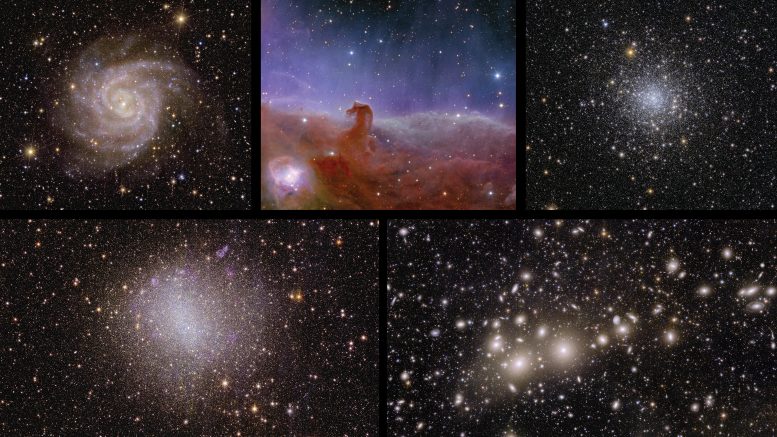
ESA’s Euclid space mission revealed its first full-color images of the cosmos. Never before has a telescope been able to create such razor-sharp astronomical images across such a large patch of the sky, and looking so far into the distant Universe. These five images illustrate Euclid’s full potential; they show that the telescope is ready to create the most extensive 3D map of the Universe yet, to uncover some of its hidden secrets. Credit: ESA/Euclid/Euclid Consortium/NASA, image processing by J.-C. Cuillandre (CEA Paris-Saclay), G. Anselmi, CC BY-SA 3.0 IGO
First Science Images Released From Euclid Mission
On November 7, the Euclid mission released its first science images, including this image of the Perseus cluster, a group of thousands of galaxies about 240 million light-years from Earth. Euclid is led by the European Space Agency (ESA) with NASA contributions.
It will begin its regular science operations to study dark matter and dark energy in early 2024.
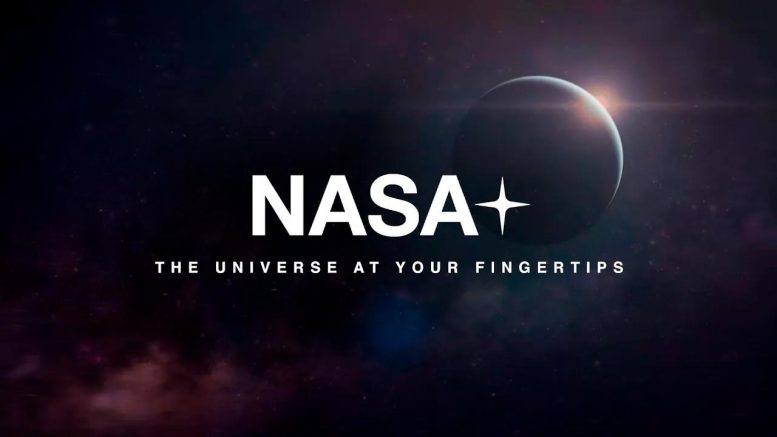
NASA+ is the agency’s no-cost, ad-free streaming service featuring live coverage and original video series. No subscription required. Credit: NASA
New NASA+ On-Demand Streaming Service Is Here
NASA’s new on-demand streaming service, NASA+ and upgraded app are now available. These new digital platforms offer original video series, live launch coverage, kids’ content, and the latest news.
NASA+ is available for download via the NASA App on iOS and Android devices, as well as streaming media players Roku and Apple TV.
That’s what’s up this week @NASA.


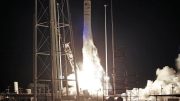
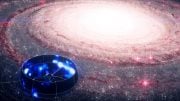
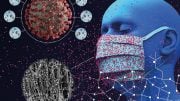
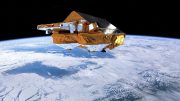


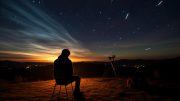
Be the first to comment on "This Week @NASA: Celebrating the Worm, Record-Breaking Black Hole, First Euclid Images"